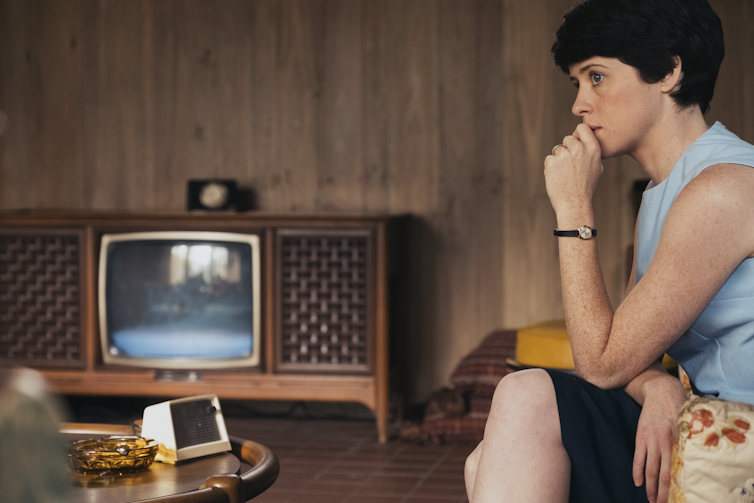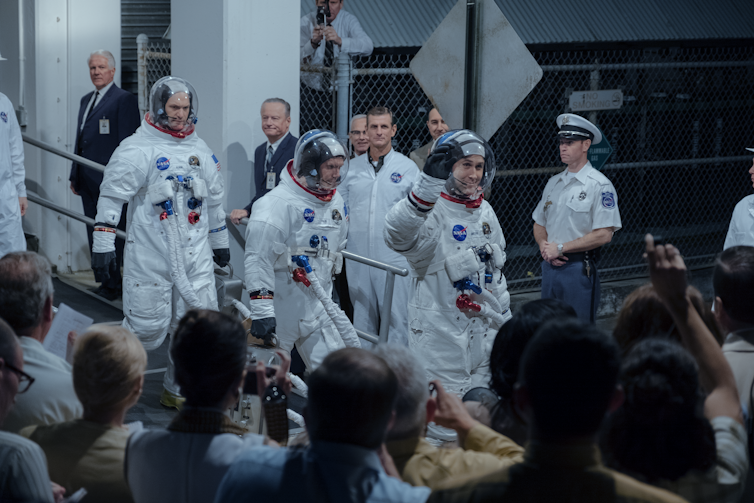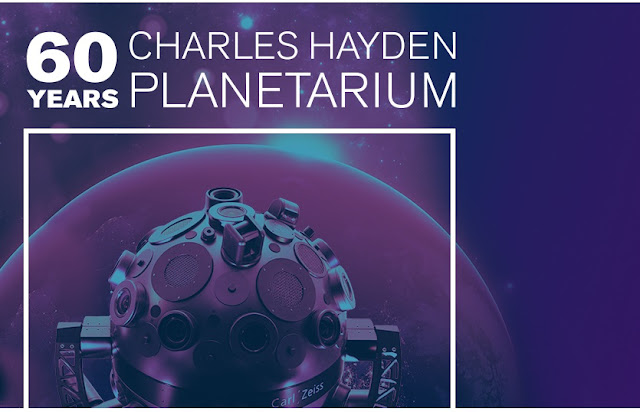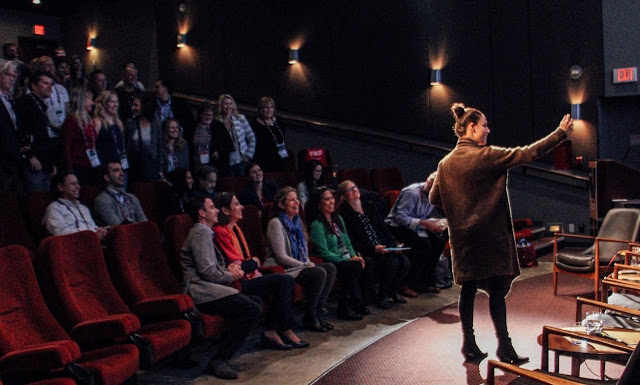 |
| AARP and Association for Young Americans Three Generations Survey |
New survey results find that a strong majority of Americans from three generations say the country is headed in the wrong direction and say they are "fearful" about the future of democracy in America.
The poll from AARP and the Association for Young Americans (AYA) also found that Millennials, Generation X and Baby Boomers agree that the top issue facing the country is "honesty in government."
 |
| AARP and Association for Young Americans Three Generations Survey |
The national survey of 4,862 adults representing three generations comes just weeks before the pivotal midterm elections when control of Congress and governorships in three dozen states are up for grabs. AARP has been mounting a major campaign called "Be the Difference. Vote," which is designed to drive voters to the polls on Election Day.
"These poll results show how concerned all Americans are with the current state of politics," said AARP's Executive Vice President Nancy LeaMond. "With the midterm elections just a few weeks away, voters will have the opportunity to hold candidates accountable and make them pay attention to the issues that matter to them and their families. People need to realize that their vote counts."
 |
| AARP and Association for Young Americans Three Generations Survey |
Overall, 64 percent of those surveyed said the country is headed in the "wrong direction" and 62 percent said they are "fearful about the future of democracy in America."
When asked to rank the importance of 18 issues facing the country, the No. 1 issue selected by each of the three generations was the same: honesty in government. It was ranked ahead of jobs, health care and access to education.
 |
| AARP and Association for Young Americans Three Generations Survey |
While midterm elections often see low turnout, the AARP/AYA Three Generations poll found that strong majorities from across the age spectrum are planning to go to the polls on Nov. 6. Overall, 70 percent of those surveyed said they were "very likely" to vote in the midterm elections, including 55 percent of Millennials, 70 percent of Gen Xers and 83 percent of Baby Boomers.
Ben Brown, Founder of AYA, said, "We want Americans to really understand that their votes count. Association of Young Americans particularly wants to see more Millennials vote, but not just be politically active on Election Day, but every day, because the data shows that they're fearful for our democracy and find honesty in government the number one issue."
The survey was the third in a series from AARP and AYA on a wide variety of issues facing Americans. Earlier results found shared concern across the generations about the level of student loan debt and anxiety about finances in the future. These survey results do not necessarily reflect the policy positions of AYA or AARP.
AARP's "Be the Difference. Vote" campaign is designed to encourage Americans to make their voices heard at the ballot box this fall.
For more information on AARP's "Be The Difference. Vote" campaign and to pledge to vote in this year's elections, go to aarp.org/vote.
 |
| "Be The Difference. Vote" |
⏩ The poll was conducted by NORC's AmeriSpeak nationally representative online panel for AARP from July 10, 2018 to August 7, 2018, with 4,862 adults between the ages of 18 to 74 encompassing Millennial, Generation X, and Baby Boomer adults.
- The margin of error is +/- 2.01 percent at the 95 percent confidence level.
- The sample includes nationally representative samples of African-Americans and Hispanic-Americans.
SOURCE: AARP






































